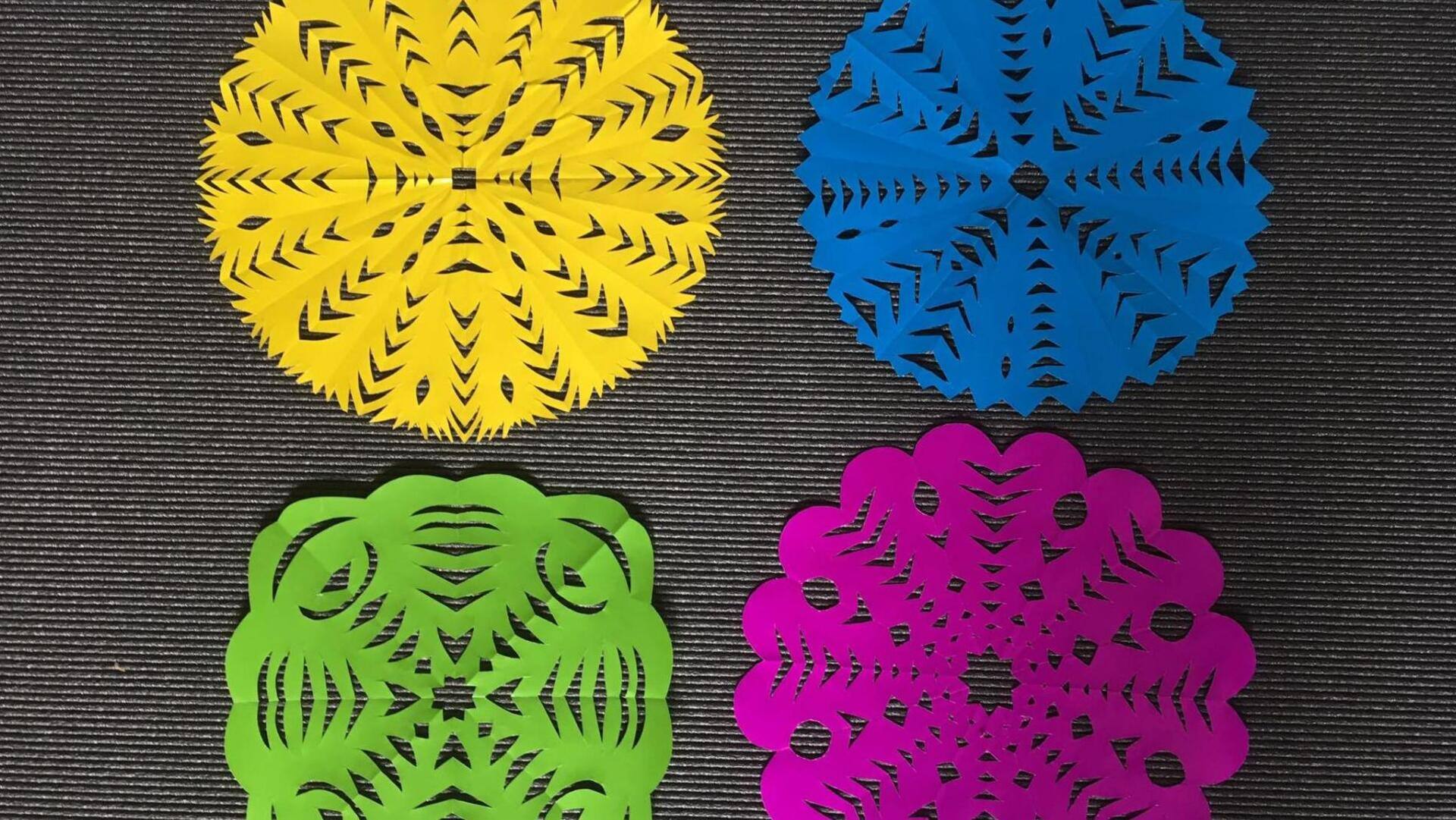
Polish wycinanki: The art of intricate paper cutting
What's the story
Polish wycinanki is a traditional paper-cutting art form that originated in rural Poland. This intricate craft involves creating detailed designs by cutting paper, usually with scissors or knives. The art form has been passed from generations to generations and is known for its vibrant colors and symmetrical patterns. Wycinanki pieces are usually used to decorate homes, particularly during festive occasions, showcasing Poland's rich cultural heritage.
Origins
Historical roots of wycinanki
Wycinanki dates back to the 19th century when it was a folk art of Polish peasants. It started as a method to make cheap decorations for the home. The patterns were influenced by nature, everyday life, and cultural themes. Gradually, the craft became a significant cultural emblem of Polish identity and tradition.
Craftsmanship
Techniques used in wycinanki
The creation of wycinanki has to be precise and skillful. Artists use sharp tools to cut out intricate patterns from colored paper. Symmetry is a prominent feature, with many designs being mirror images on either side of a central axis. Traditional techniques include folding the paper before cutting to achieve this symmetry.
Diversity
Regional variations in designs
Different areas across Poland have their own style of wycinanki. For instance, Kurpie region's monochromatic green or white designs are characterized by geometric shapes and nature-inspired motifs like trees and flowers. On the other hand, the Lowicz region is recognized for its colorful pieces. They feature floral patterns and scenes from rural life.
Evolution
Modern influence on traditional art
While retaining its traditional roots, wycinanki has evolved with the times. Contemporary artists play around with new materials and techniques, while retaining classic motifs. This evolution has kept the art form relevant today as it is still appreciated, both within Poland and internationally, for its beauty and craftsmanship.